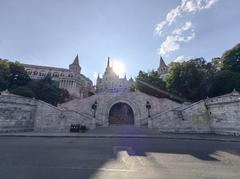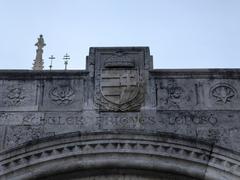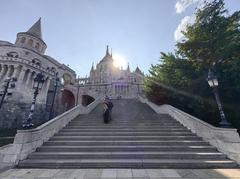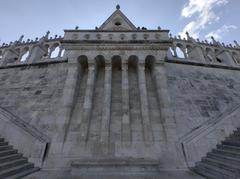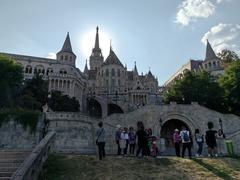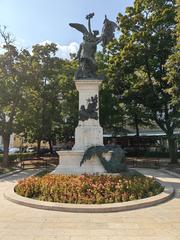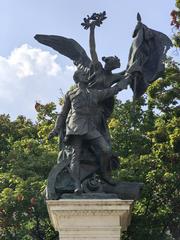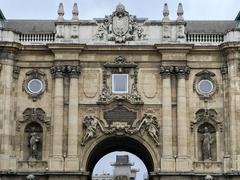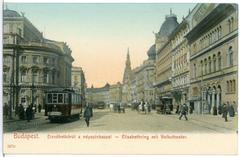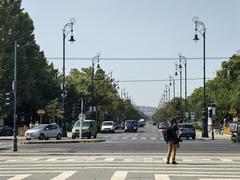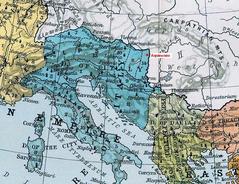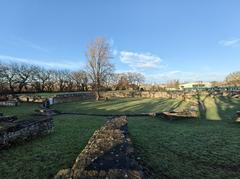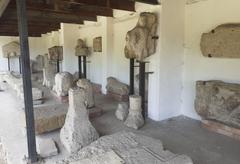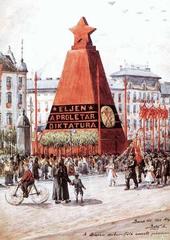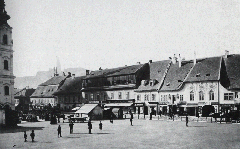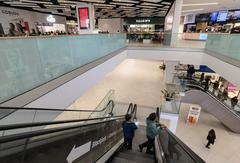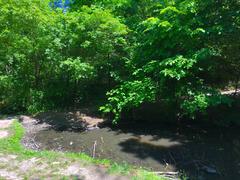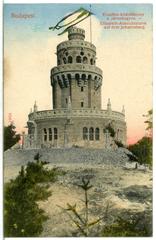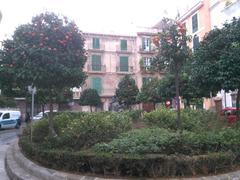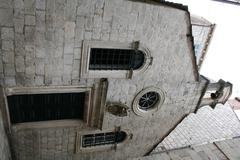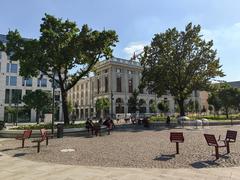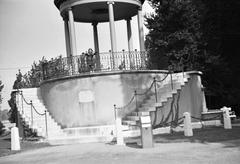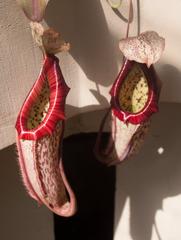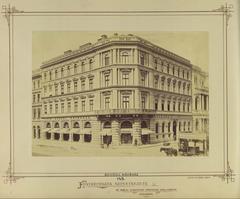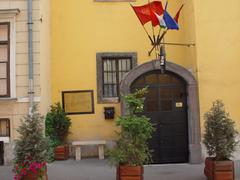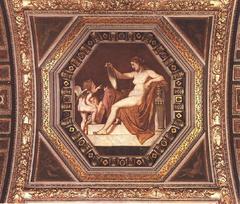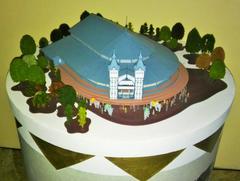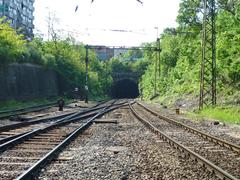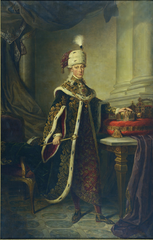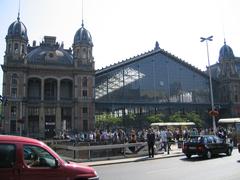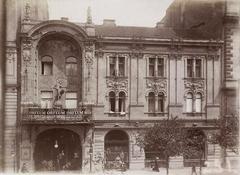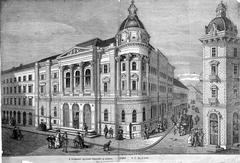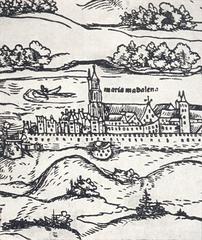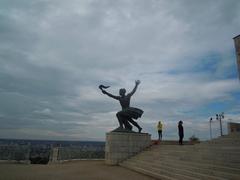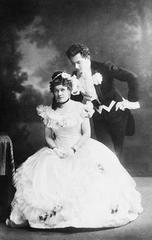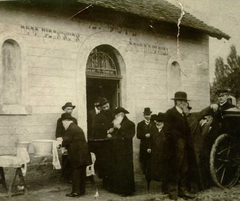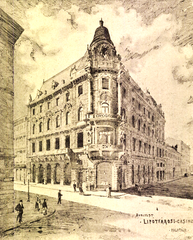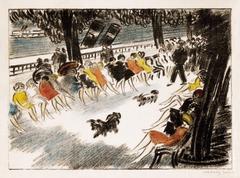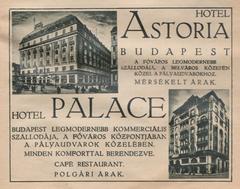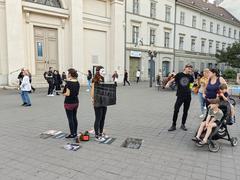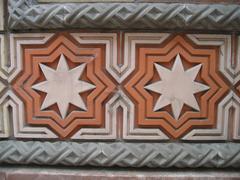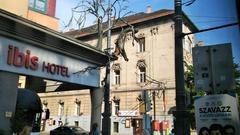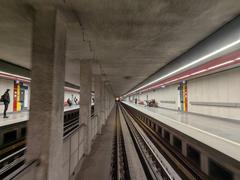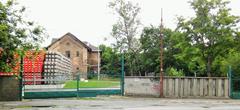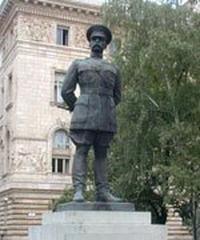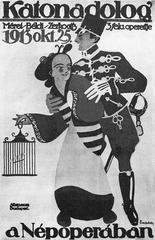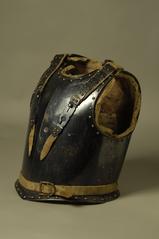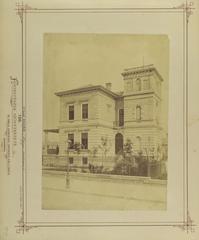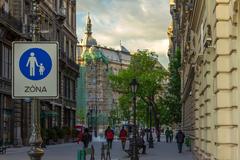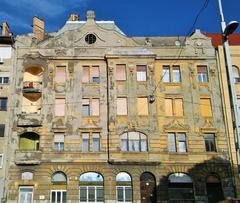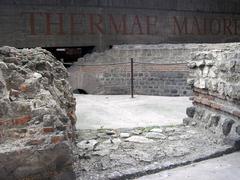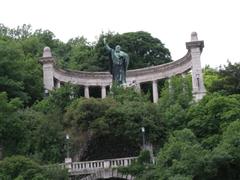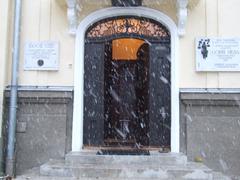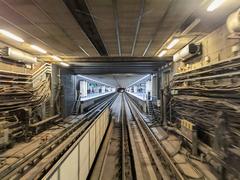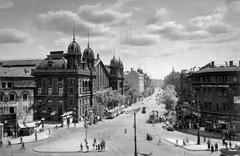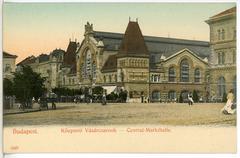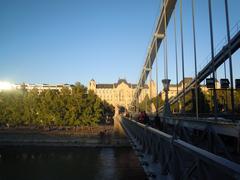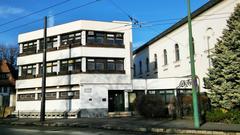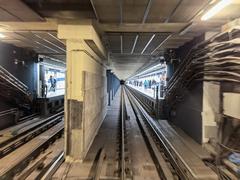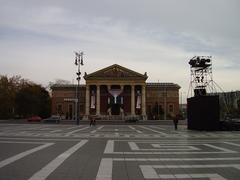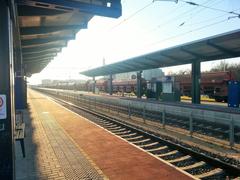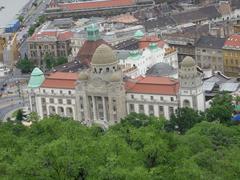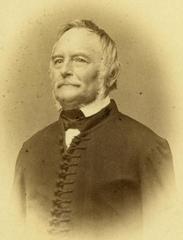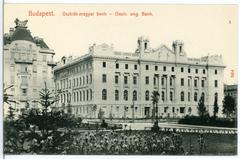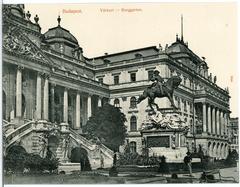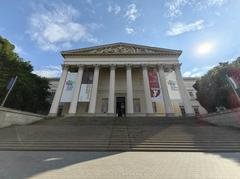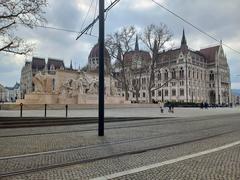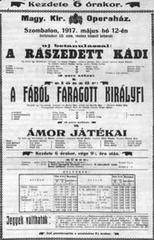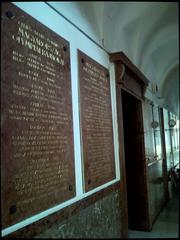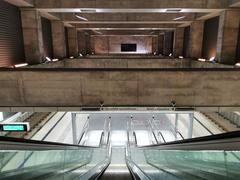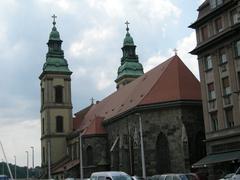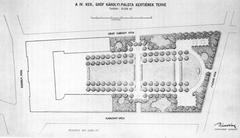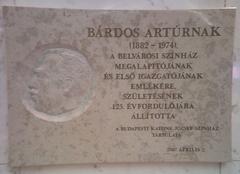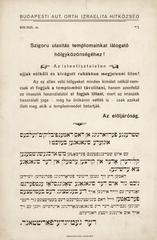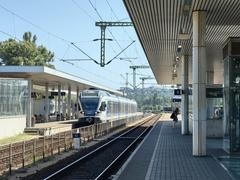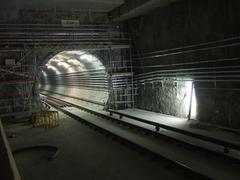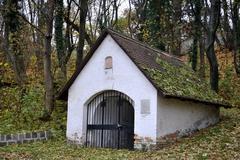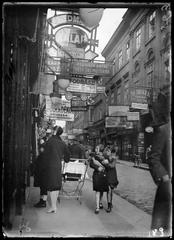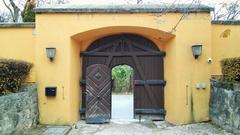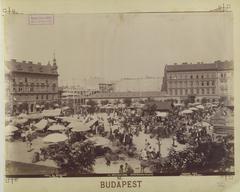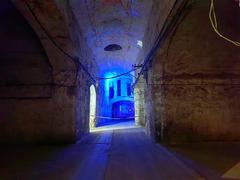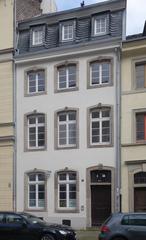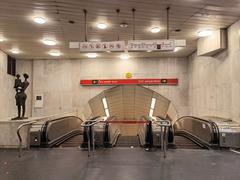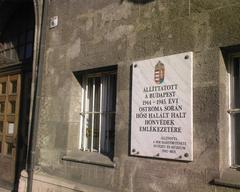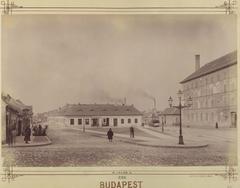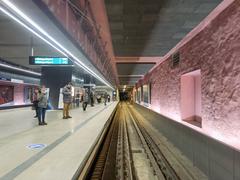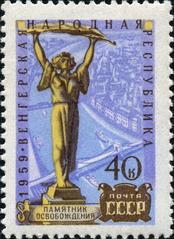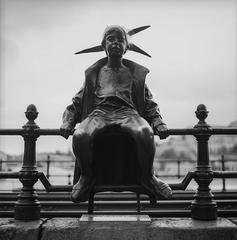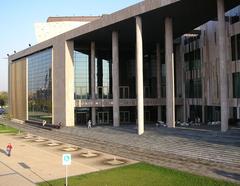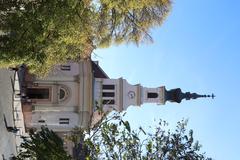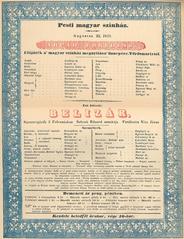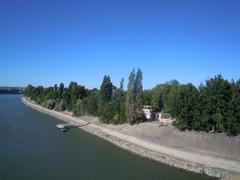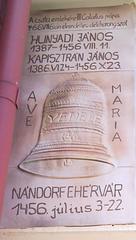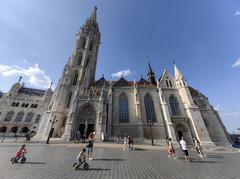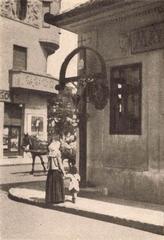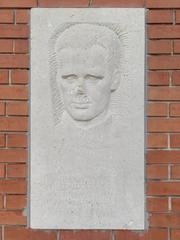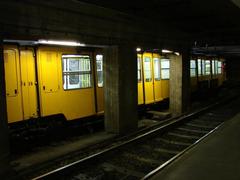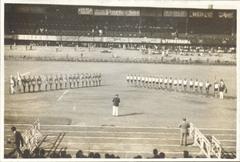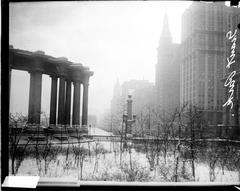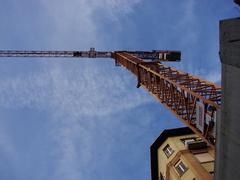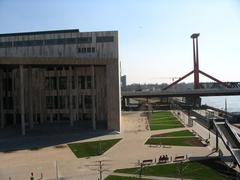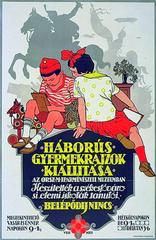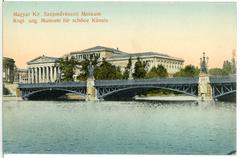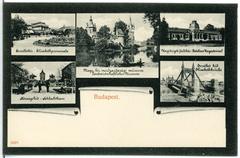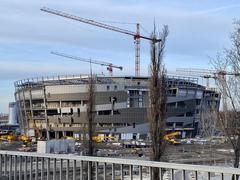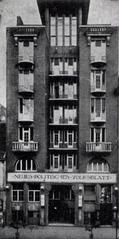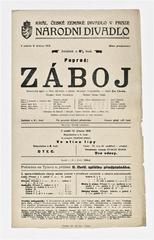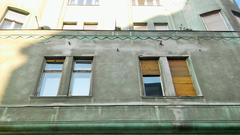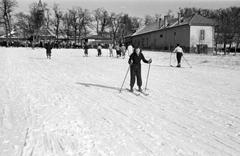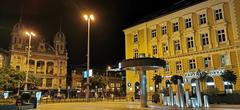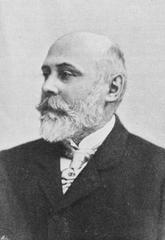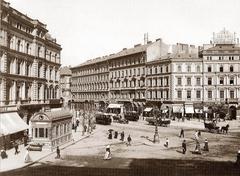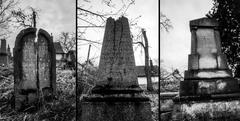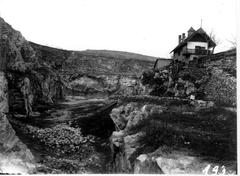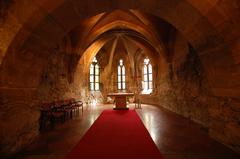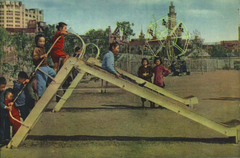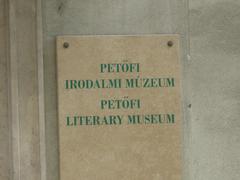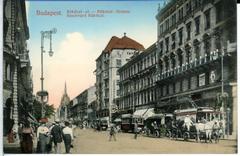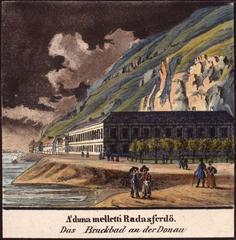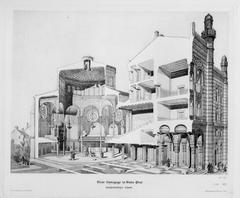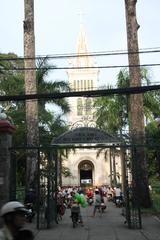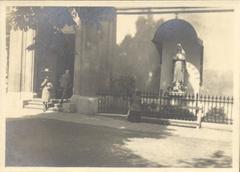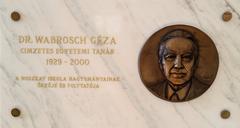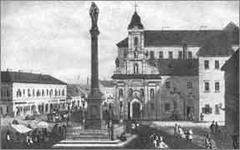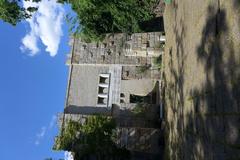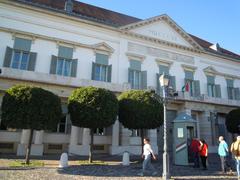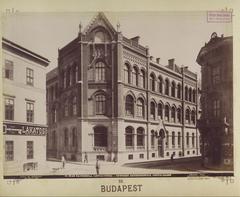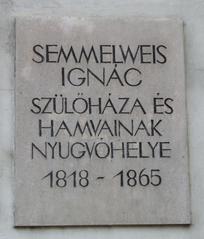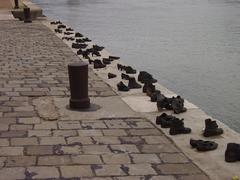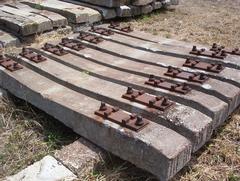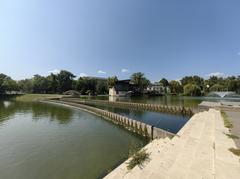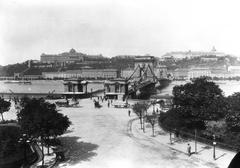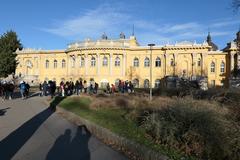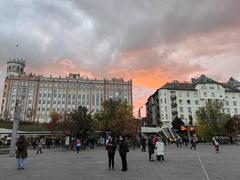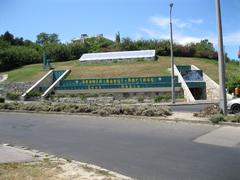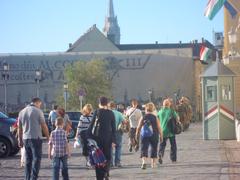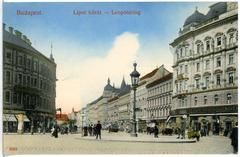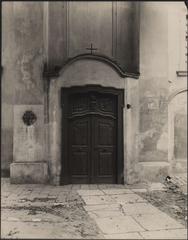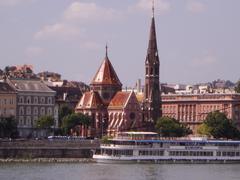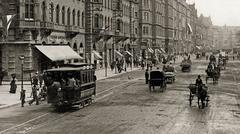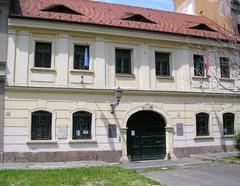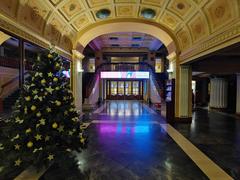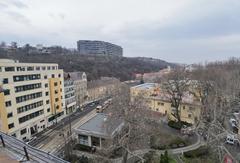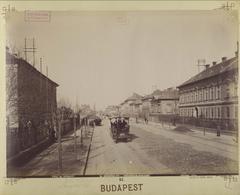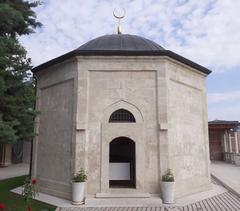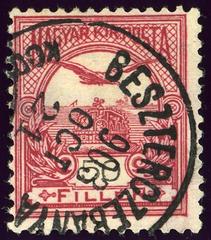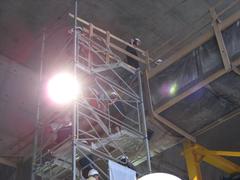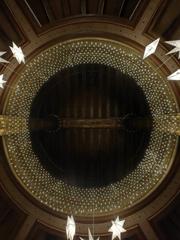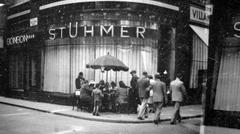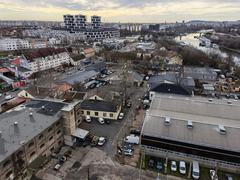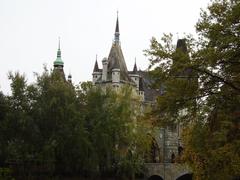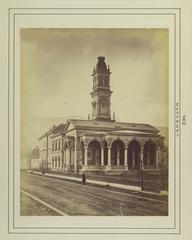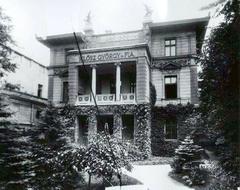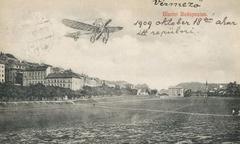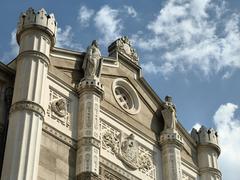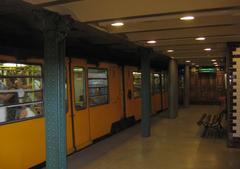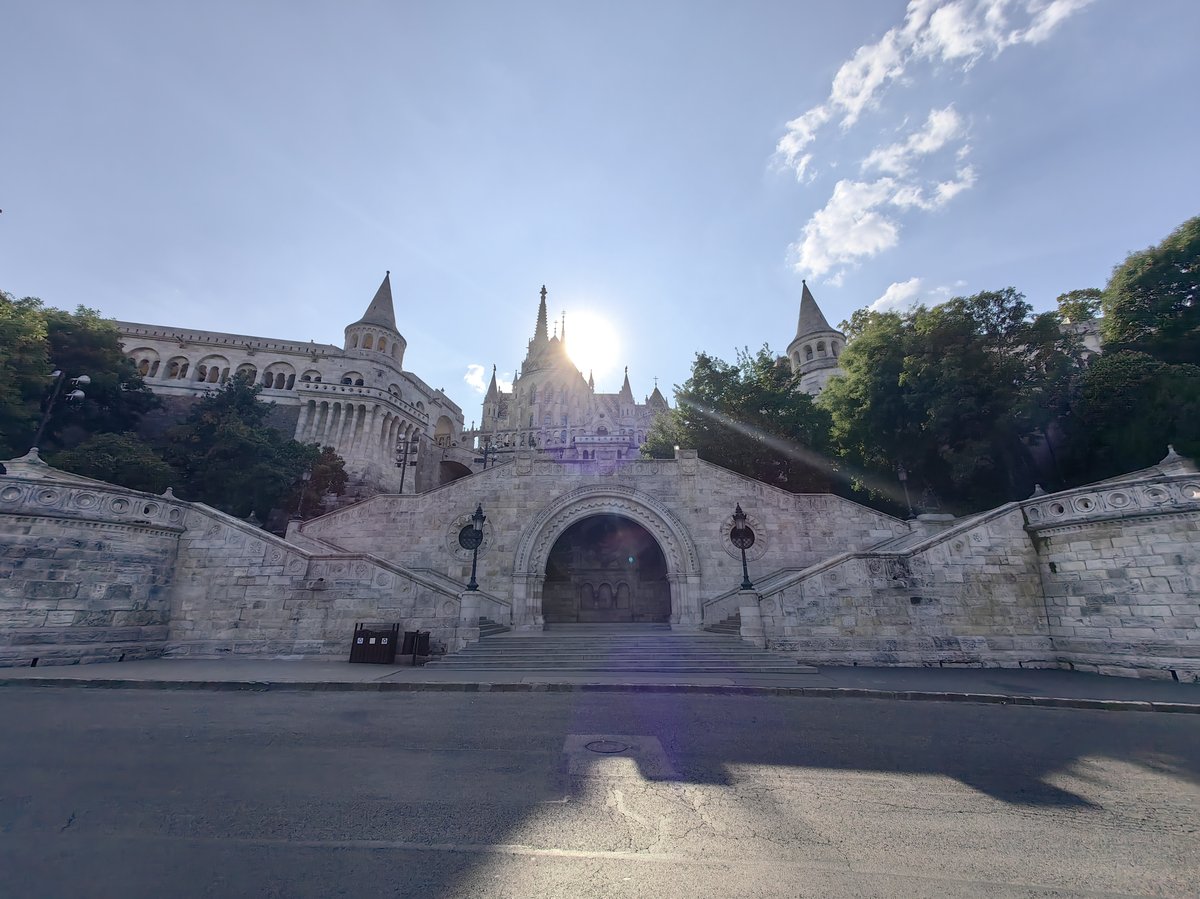
Visiting Budavári Palota: History, Tips, and Visitor Information
Published on: 17/07/2024
Introduction
Budavári Palota, more commonly known as Buda Castle, is an architectural and historical gem situated in Budapest, Hungary. This majestic castle stands as a testament to the rich cultural and historical tapestry of Hungary, spanning from its initial construction in the 13th century to its current status as a UNESCO World Heritage Site (UNESCO World Heritage Centre). Originally built by King Béla IV following the Mongol invasion, the castle has undergone numerous reconstructions and expansions, reflecting a blend of Gothic, Renaissance, Baroque, and Neo-Baroque styles. Over the centuries, Budavári Palota has played pivotal roles during significant historical events, including the Ottoman occupation, the Habsburg rule, and both World Wars. Today, it houses important cultural institutions such as the Hungarian National Gallery, the Budapest History Museum, and the National Széchényi Library, making it a vibrant cultural hub and a must-visit destination for tourists. This comprehensive guide aims to provide you with all the necessary information to make your visit to Budavári Palota unforgettable, covering its rich history, architectural highlights, practical visitor information, and more.
Table of Contents
- Introduction
- Early Beginnings and Medieval Era
- Gothic and Renaissance Transformations
- Ottoman Occupation and Habsburg Rule
- 18th and 19th Century Developments
- World War II and Post-War Reconstruction
- Modern Era and Cultural Significance
- Architectural Highlights
- Archaeological Discoveries
- Cultural Events and Festivals
- Visitor Experience
- Preservation Efforts
- Conclusion
- Sources
Early Beginnings and Medieval Era
Budavári Palota’s history dates back to the 13th century. The first royal residence on Castle Hill was built by King Béla IV of Hungary between 1247 and 1265, following the Mongol invasion of 1241-1242. This initial structure was a modest fortification designed to protect against future invasions (Budapest History Museum).
Gothic and Renaissance Transformations
During King Sigismund of Luxembourg’s reign (1387-1437), the castle underwent significant transformations. Sigismund expanded the castle into a Gothic palace, making it one of the largest and most impressive royal residences in Europe at the time. The Gothic elements were later complemented by Renaissance features during King Matthias Corvinus’s reign (1458-1490), who was known for his patronage of the arts and culture (Hungarian National Gallery).
Ottoman Occupation and Habsburg Rule
The castle’s fortunes changed dramatically in 1541 when Buda fell to the Ottoman Empire. During the 150-year Ottoman occupation, the castle was used primarily as a military fortress. Many of the original Gothic and Renaissance structures were damaged or destroyed. The Habsburgs recaptured Buda in 1686, and the castle was subsequently rebuilt in the Baroque style, part of a broader effort to reassert Habsburg dominance (Budapest Castle Hill Funicular).
18th and 19th Century Developments
The 18th century saw further Baroque enhancements under architects like Johann Hölbling and Franz Anton Hillebrandt. The castle became a symbol of Habsburg power and was used for various administrative purposes. In the 19th century, under Emperor Franz Joseph I, the castle underwent another significant transformation, introducing the Neo-Baroque style and expanding to include new wings and courtyards (Hungarian National Archives).
World War II and Post-War Reconstruction
Budavári Palota suffered extensive damage during World War II, particularly during the Siege of Budapest in 1944-1945. Post-war reconstruction efforts aimed to restore the castle to its former glory, focusing on preserving the historical integrity of the castle while incorporating modern elements (Budapest History Museum).
Modern Era and Cultural Significance
Today, Budavári Palota is a UNESCO World Heritage Site and serves as a cultural and historical hub. It houses the Hungarian National Gallery, the Budapest History Museum, and the National Széchényi Library. The castle attracts millions of visitors each year who come to explore its rich history and stunning architecture (UNESCO World Heritage Centre).
Architectural Highlights
The castle’s architecture is a blend of Gothic, Renaissance, Baroque, and Neo-Baroque styles. Key highlights include the Matthias Fountain, a Neo-Baroque masterpiece by sculptor Alajos Stróbl, and the Habsburg Steps. The castle’s courtyards, such as the Lion Courtyard and the Hunyadi Courtyard, are notable for their historical and architectural significance (Hungarian National Gallery).
Archaeological Discoveries
Recent archaeological excavations have uncovered significant medieval and Renaissance artifacts, including remnants of the original Gothic palace and Renaissance frescoes. These findings have been incorporated into the exhibits at the Budapest History Museum (Budapest History Museum).
Cultural Events and Festivals
Budavári Palota hosts numerous events and festivals throughout the year, including the Budapest Wine Festival and the Festival of Folk Arts. These events attract both locals and tourists, adding to the castle’s dynamic cultural landscape (Budapest Wine Festival).
Visitor Experience
Practical Information
- Visiting Hours: The castle is typically open from 10 AM to 6 PM, but hours can vary by season and specific attractions. Check the official websites for the most up-to-date information.
- Tickets: Ticket prices vary depending on the attractions. General admission for the Hungarian National Gallery starts at approximately €8, while combined tickets for multiple sites within the castle complex are available at a discounted rate.
- Travel Tips: The castle is easily accessible via public transport, including buses and the Budapest Castle Hill Funicular. Comfortable walking shoes are recommended due to the cobbled streets.
- Nearby Attractions: Don’t miss the Fisherman’s Bastion, Matthias Church, and the Chain Bridge, all within walking distance of Budavári Palota.
FAQ
- What are the best times to visit Budavári Palota?
- The best times to visit are during the spring and autumn months when the weather is pleasant and the crowds are smaller.
- Are there guided tours available?
- Yes, guided tours are available and highly recommended for those who want to learn more about the castle’s rich history and architecture.
- Can I take photos inside the castle?
- Photography is allowed in most areas of the castle, but check for any restrictions in specific exhibits.
Preservation Efforts
Ongoing preservation efforts are crucial to maintaining the castle’s historical and architectural integrity. These efforts, led by organizations like the Budapest History Museum and the Hungarian National Gallery, focus on restoring damaged structures, conserving historical artifacts, and ensuring the castle remains accessible to future generations (Hungarian National Gallery).
Conclusion
Budavári Palota stands as a testament to Hungary’s rich and diverse history. From its medieval origins to its modern-day significance, the castle has played a pivotal role in the cultural and historical landscape of Budapest. Its architectural splendor, historical significance, and vibrant cultural scene make it a must-visit destination for anyone exploring the Hungarian capital.
Further Reading and References
- Budapest History Museum, n.d., n.a. https://www.btm.hu/
- Hungarian National Gallery, n.d., n.a. https://www.mng.hu/
- Budapest Castle Hill Funicular, n.d., n.a. https://www.budapestinfo.hu/
- Hungarian National Archives, n.d., n.a. https://www.mol.gov.hu/
- UNESCO World Heritage Centre, n.d., n.a. https://whc.unesco.org/
- Budapest Wine Festival, n.d., n.a. https://www.aborfesztival.hu/
